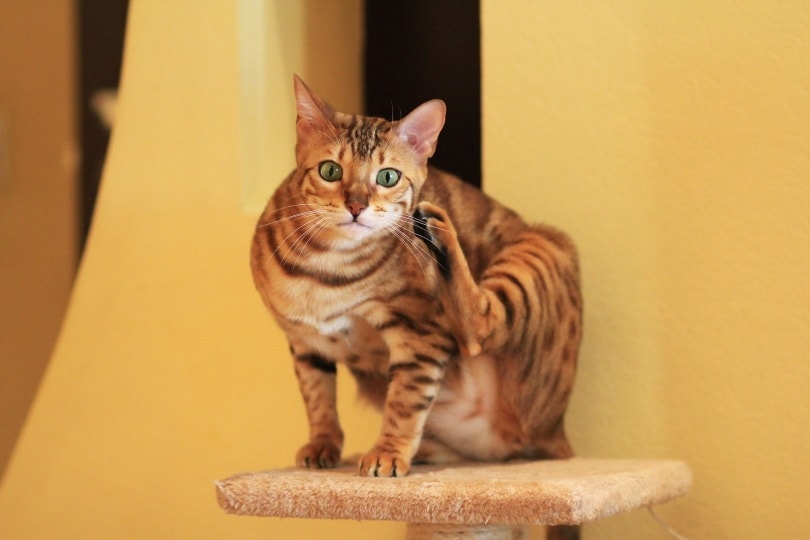12 Extinct Cat Breeds You Might Not Know Ever Existed (With Pictures)

Updated on
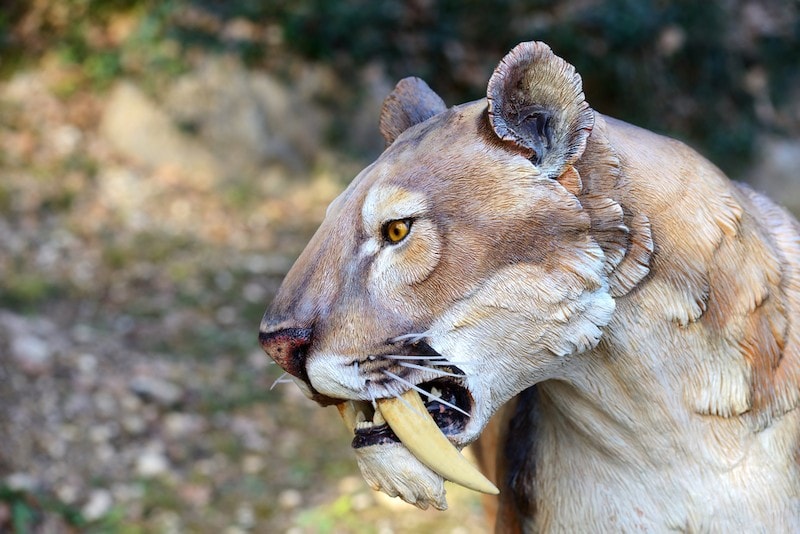
Extinct animals are creatures that once roamed the Earth, but there are sadly no longer any members of the species alive today. Both wild and domestic cat species have become extinct in the past. Extinction can be caused by numerous things, whether it be habitat loss, overhunting, or disease. We can still learn about these extinct cat breeds through historical records and fossils. Keep reading to learn about the many different types of wild and domestic cat species that once roamed the planet.
Click to jump straight to a section:
Top 5 Extinct Big Cats
1. Saber Tooth Cats
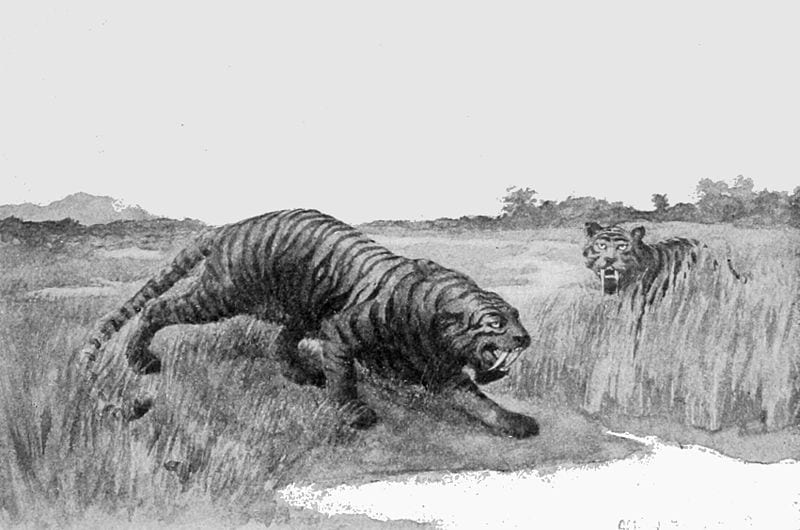
You’ve likely heard of Saber Tooth Tigers, but there are a couple of different species in the Saber Tooth cat category. These felines are most known for their long and curved incisor teeth. They are one of the oldest extinct cats that we have a record of, and from what we can tell, they bear minimal resemblance to the big cats in the world today. Most of our knowledge of them has been gained through fossils because of their age.
2. American Cheetah
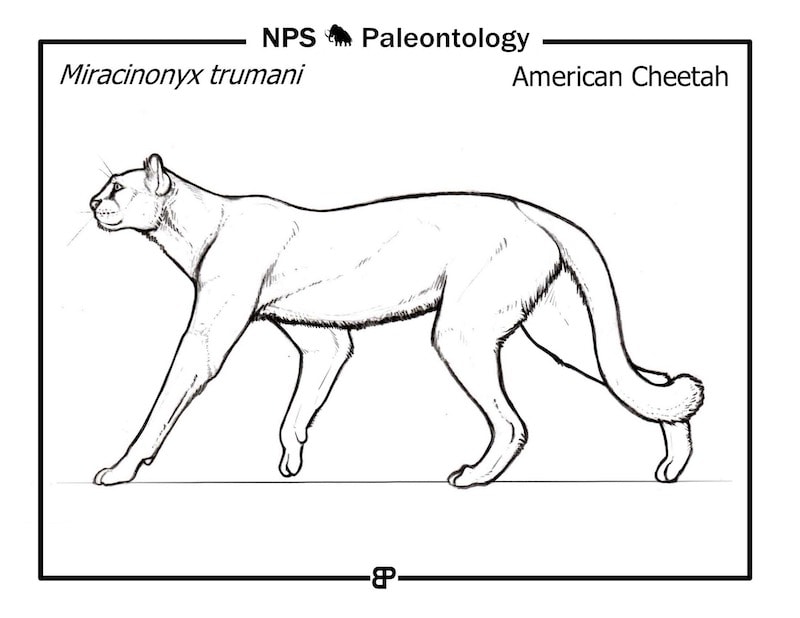
While we do still have cheetahs in the world today, this specific species of cheetah, referred to as the Miracinonyx, is extinct. Fossils have helped humans distinguish the difference between it and the ones we are familiar with. They have a closer resemblance to a modern-day puma than a cheetah.
3. American Lion
The American Lion is another cat species that died out a few thousand years ago. They have also been studied through fossils, and some paleontologists estimate that they were about 25% bigger than the lions we have today! These carnivores had stronger jaws, retractable claws, and longer legs.
4. Eastern Cougar

The Eastern Cougar only became extinct more recently in 2011 but has been on the endangered species list since 1973. Some speculate that they were actually extinct even before 2011, but there isn’t any definitive evidence to prove that claim.
5. Bali Tiger
This tiger once lived on the island of Bali, located in Indonesia. They were smaller than other big cats and preyed on animals in the forests on the island. The only predator to them was humans, so it’s safe to conclude that we played a major role in their disappearance.
Top 2 Extinct Wild Cats
While some of these cats still exist in captivity, they no longer exist in the wild. Even though they are not technically extinct, they are very close to it and worth learning about.
6. South China Tiger

The South China Tiger is a subspecies of tiger that scientists believe no longer exists in the wild. Even if there are a couple out there, they are critically endangered. Their numbers dropped from an influx of hunting around the 1950s, but even when hunting was banned in 1979, the numbers still dwindled. It is possible that the government releases some of these cats back into the wild, but there is no guarantee that they will regain their original numbers.
7. Barbary Lion

This cat is a prime example of cats that are extinct in the wild and could soon be gone from captivity too. The Barbary Lion had a long, dark mane and traveled in prides and is one of the biggest lion subspecies to ever exist. The last reported sightings of them in the wild was in the 1960s, although it wasn’t proven.
Top 2 Extinct Domestic Cats
8. Mexican Hairless
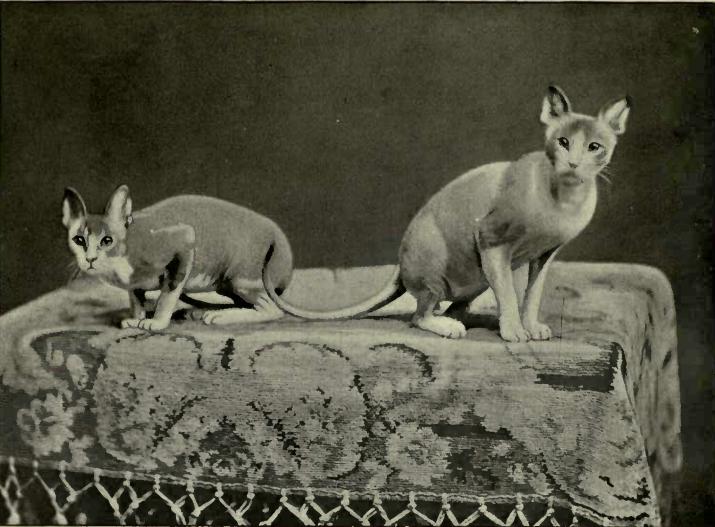
The Mexican Hairless breed was a small, almost hairless cat. They originated in Mexico and are said to descend from hairless cats located in South America. Even though they have very little hair, their markings are similar to a striped tabby.
9. Oregon Rex
Whenever you see the term “Rex” used to explain cats, it refers to their short, curly coats. The Oregon Rex cat was first found in Oregon in the 1950s, which is where it got its name. They were known for being playful and friendly but hard to handle, which is probably why they started to disappear around the 1970s.
Top 3 Endangered Cat Species
10. Iberian Lynx
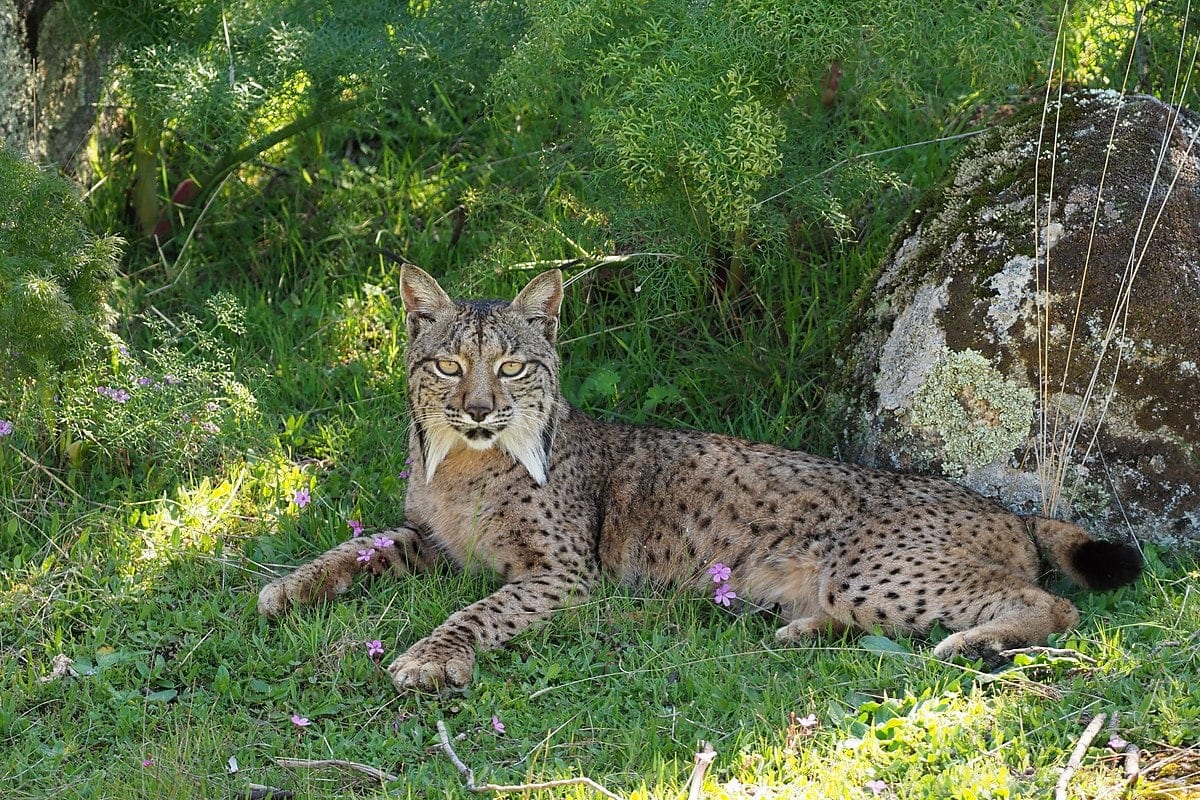
Climate change has taken a major role in some of the cats in our world. Because of this, the Liberian Lynx could become extinct in as few as 50 years. They suffer from losing their main food source (rabbits) due to habitat destruction.
11. West African Lion
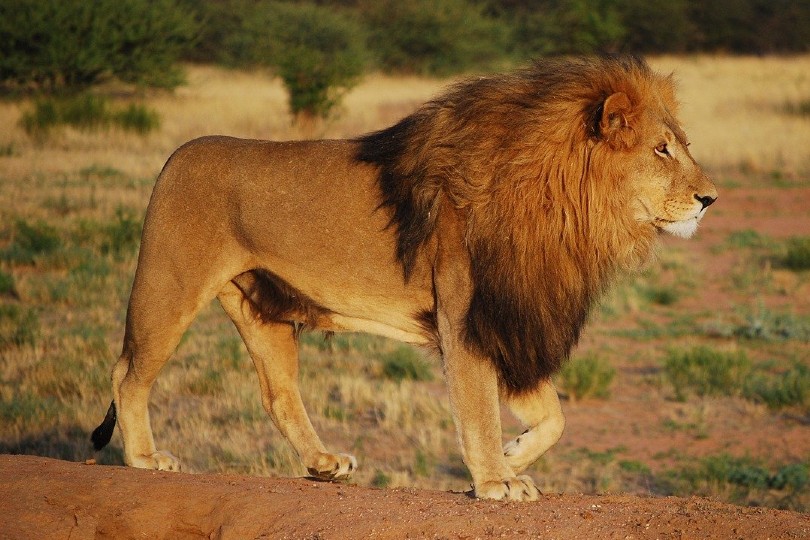
This lion is another critically endangered big cat that suffers from a lack of prey, habitat destruction, and hunting. Most of the cats alive today exist only in conservation complexes, and their population in the wild continues to decline.
12. Snow Leopard
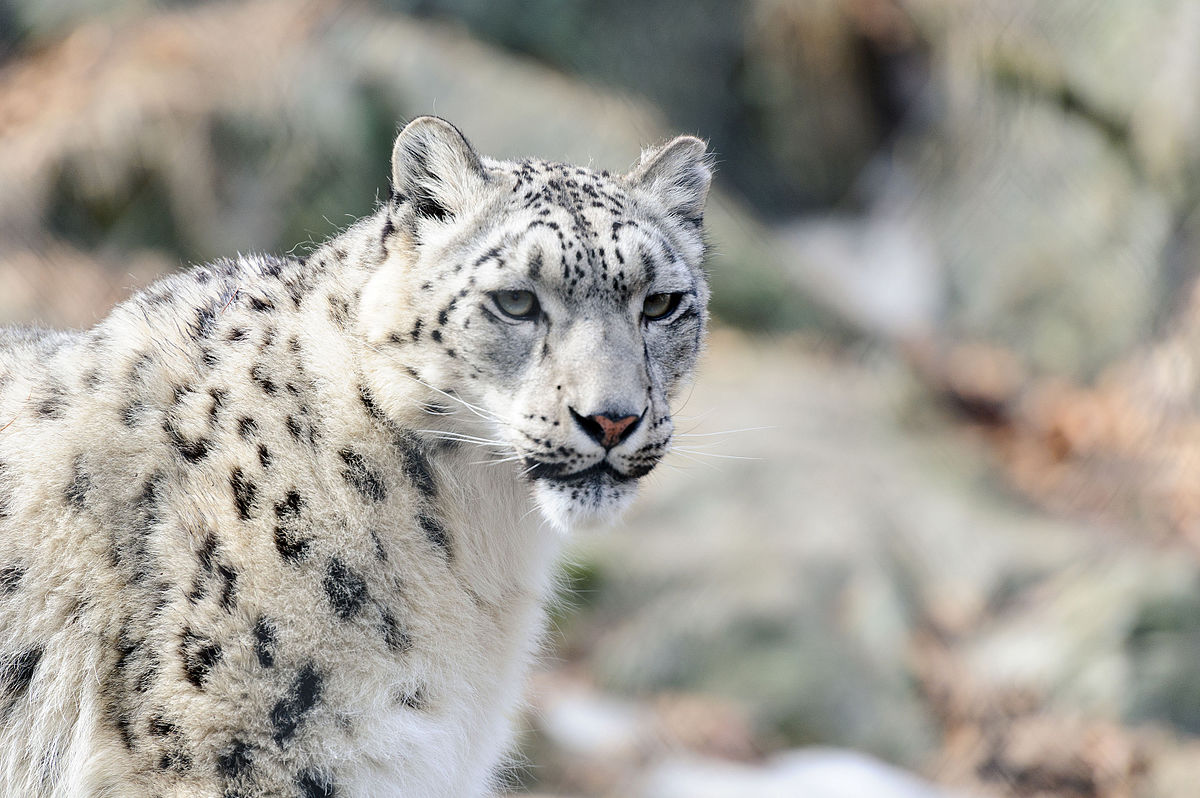
The Snow Leopard is currently an endangered species. It’s hard to pinpoint a specific number to this species because they are so hard to find in their natural habitat. Regardless, conservationists have observed a decline in numbers due to habitat destruction and climate change.
Conclusion
It’s clear that many beautiful cat species have fallen and continue to fall at the hands of humans. While the future might seem bleak, there are some governments starting to enforce conservation efforts to prevent even more cat species from dying out. We can’t do anything to bring back the cat species that are already extinct, but we can do our best to support policies and leaders with plans to bring back declining numbers.
Featured Image Credit: Sfocato, Shutterstock




